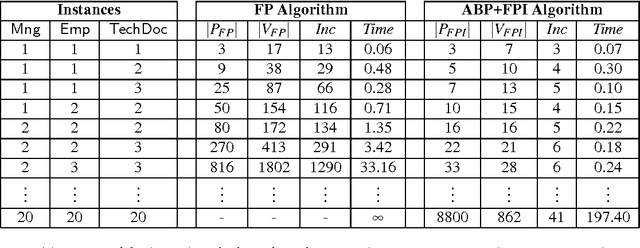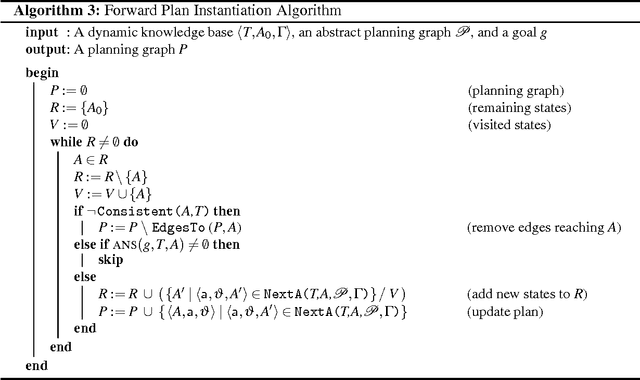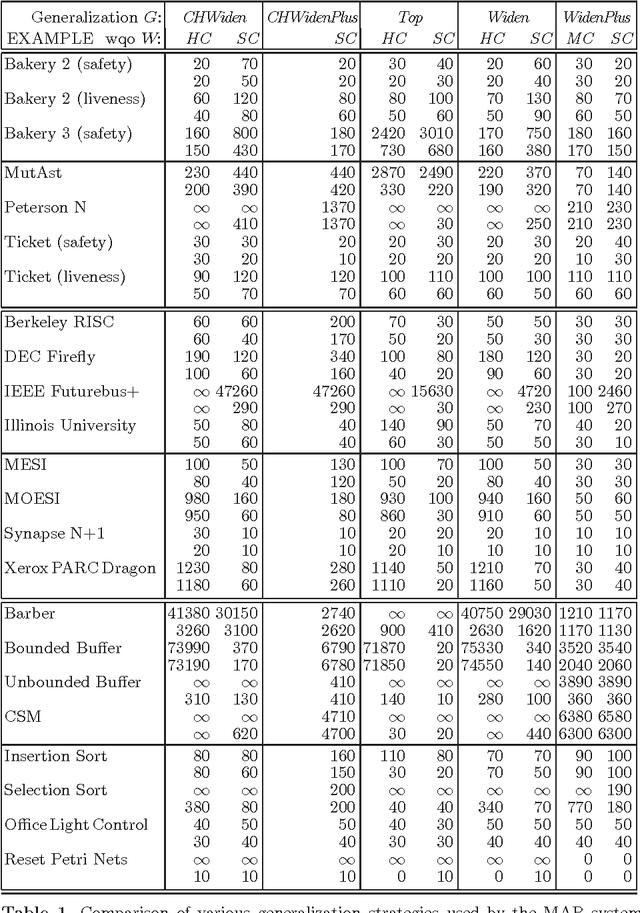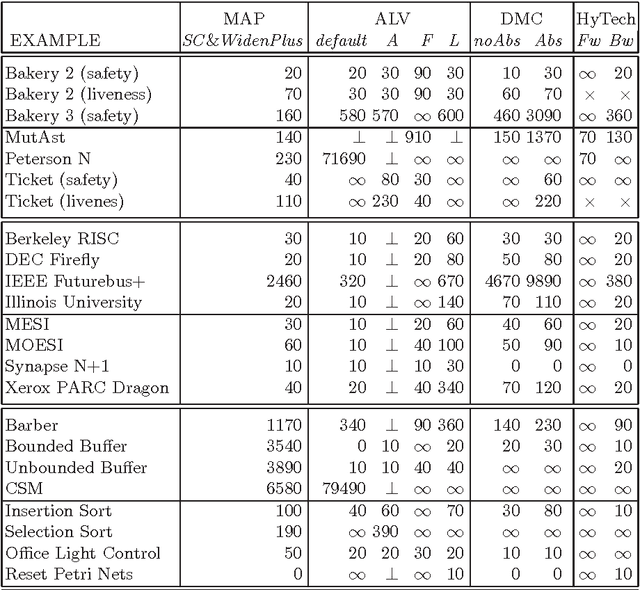Valerio Senni
IMT Institute for Advanced Studies
Backwards State-space Reduction for Planning in Dynamic Knowledge Bases
Jul 30, 2014



Abstract:In this paper we address the problem of planning in rich domains, where knowledge representation is a key aspect for managing the complexity and size of the planning domain. We follow the approach of Description Logic (DL) based Dynamic Knowledge Bases, where a state of the world is represented concisely by a (possibly changing) ABox and a (fixed) TBox containing the axioms, and actions that allow to change the content of the ABox. The plan goal is given in terms of satisfaction of a DL query. In this paper we start from a traditional forward planning algorithm and we propose a much more efficient variant by combining backward and forward search. In particular, we propose a Backward State-space Reduction technique that consists in two phases: first, an Abstract Planning Graph P is created by using the Abstract Backward Planning Algorithm (ABP), then the abstract planning graph P is instantiated into a corresponding planning graph P by using the Forward Plan Instantiation Algorithm (FPI). The advantage is that in the preliminary ABP phase we produce a symbolic plan that is a pattern to direct the search of the concrete plan. This can be seen as a kind of informed search where the preliminary backward phase is useful to discover properties of the state-space that can be used to direct the subsequent forward phase. We evaluate the effectiveness of our ABP+FPI algorithm in the reduction of the explored planning domain by comparing it to a standard forward planning algorithm and applying both of them to a concrete business case study.
* In Proceedings GRAPHITE 2014, arXiv:1407.7671
Generalization Strategies for the Verification of Infinite State Systems
Oct 05, 2011

Abstract:We present a method for the automated verification of temporal properties of infinite state systems. Our verification method is based on the specialization of constraint logic programs (CLP) and works in two phases: (1) in the first phase, a CLP specification of an infinite state system is specialized with respect to the initial state of the system and the temporal property to be verified, and (2) in the second phase, the specialized program is evaluated by using a bottom-up strategy. The effectiveness of the method strongly depends on the generalization strategy which is applied during the program specialization phase. We consider several generalization strategies obtained by combining techniques already known in the field of program analysis and program transformation, and we also introduce some new strategies. Then, through many verification experiments, we evaluate the effectiveness of the generalization strategies we have considered. Finally, we compare the implementation of our specialization-based verification method to other constraint-based model checking tools. The experimental results show that our method is competitive with the methods used by those other tools. To appear in Theory and Practice of Logic Programming (TPLP).
 Add to Chrome
Add to Chrome Add to Firefox
Add to Firefox Add to Edge
Add to Edge